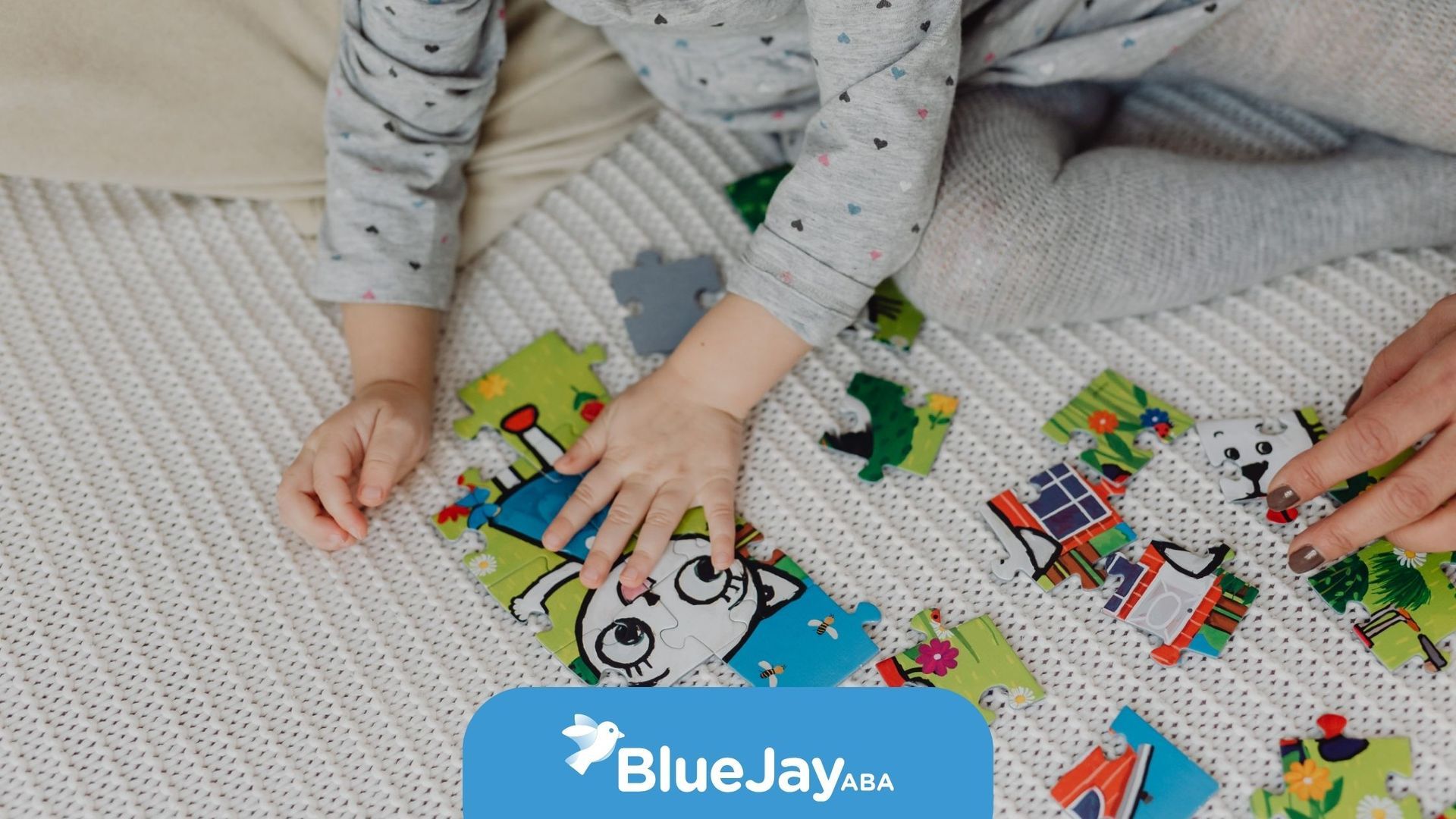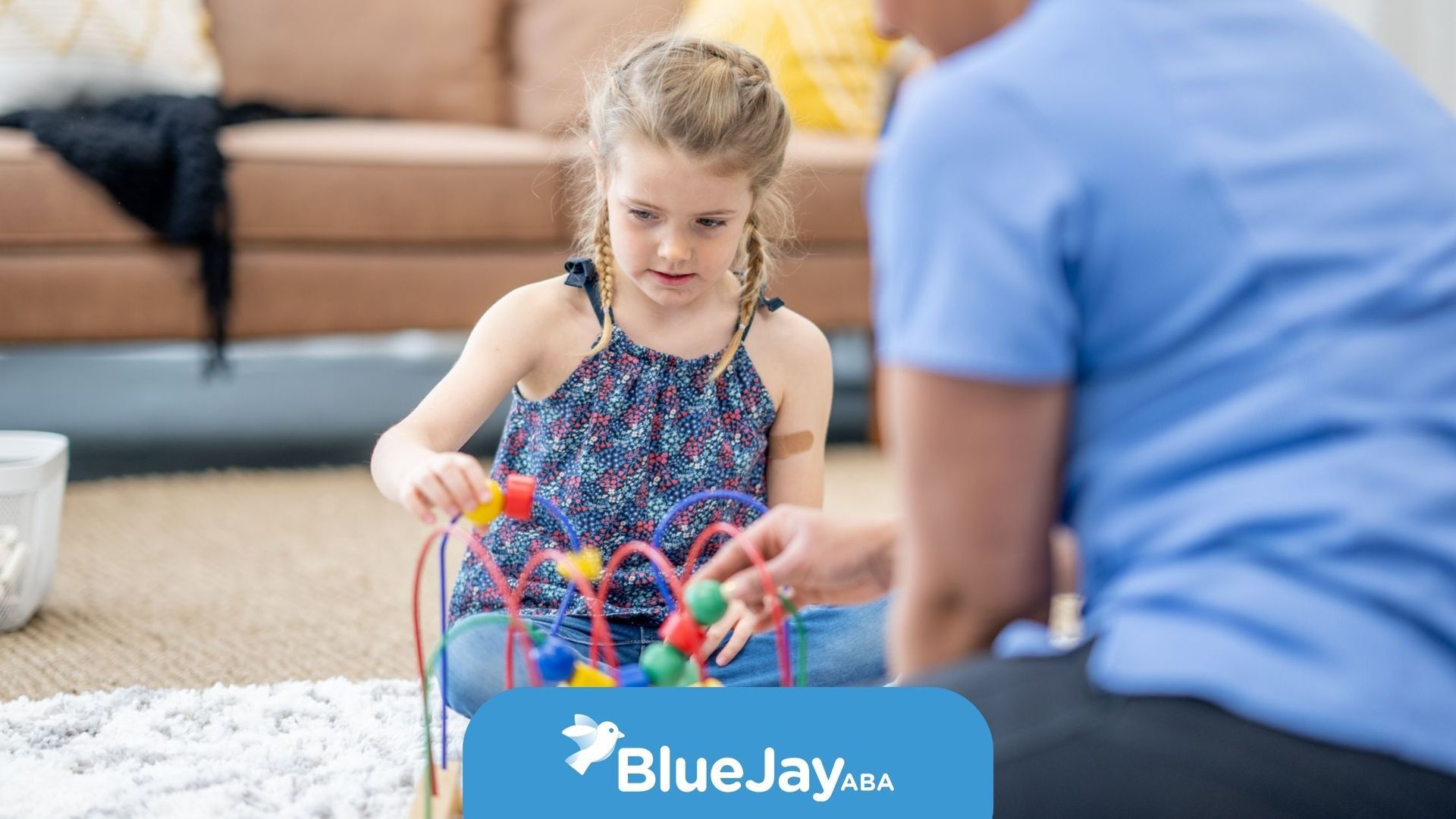Visual Tools That Strengthen Autism Communication and Independence
For many children with autism, communication goes far beyond words. Visual supports—like pictures, symbols, and written cues—can make understanding and expressing needs so much easier. These tools help bridge the gap between what a child wants to say and how they can share it.
Let’s look at some simple, effective types of visual supports that can make everyday communication smoother.
1. Picture Exchange Communication System (PECS)
PECS is one of the most well-known visual communication tools. Children learn to hand over a picture of an item or action to express what they want—like giving a card with “juice” to ask for a drink. Over time, this helps them build communication confidence and independence.
2. Visual Schedules
Visual schedules use pictures or symbols to show what’s coming next—whether it’s “breakfast → school → playtime” or the steps in brushing teeth. They help children feel more secure and reduce anxiety by setting clear expectations throughout the day.
3. Choice Boards
Choice boards let children make decisions by pointing to or handing over pictures. For example, a snack board might include options like “apple,” “crackers,” and “yogurt.” It’s a simple way to encourage communication and give your child a sense of control.
4. First/Then Boards
These boards are great for motivation and structure. They show two steps—what comes first (like finishing homework) and what comes next (like screen time). It’s an easy visual cue that supports transitions and helps reduce resistance to tasks.
5. Social Stories
Social stories use short narratives with pictures to explain social situations—like visiting a doctor or taking turns. They help children understand what to expect and how to respond in real-world scenarios.
6. Labeling and Environmental Cues
Labeling items around the house or classroom—like “chair,” “door,” or “toys”—helps children connect words with objects and locations. These simple cues promote vocabulary development and independence.
At Blue Jay ABA, we often integrate visual supports into our therapy programs to strengthen communication and reduce frustration. Whether through home-based, school-based, or telehealth ABA sessions, we customize visuals to fit each child’s learning style.
Our ABA assessment helps us understand your child’s needs, and our ABA parent training gives families tools to use these supports confidently at home.
Want to learn more about how visual supports can help your child communicate better? Reach out to us at Blue Jay ABA—we’re here to guide you every step of the way.
FAQs
Why are visual supports important in autism communication?
They make communication clearer and more concrete, helping children understand expectations and express their needs more effectively.
Can visual supports be used at home?
Absolutely! Parents can use simple visuals—like picture cards or schedules—to create structure and reduce frustration.
Do visual supports replace speech?
Not at all. They often enhance verbal communication by providing a bridge that helps children connect pictures, words, and meaning over time.
Sources:
- https://www.autismparentingmagazine.com/creating-visual-schedules/
- https://www.leicspart.nhs.uk/autism-space/health-and-lifestyle/autism-and-visual-schedules/
- https://vkc.vumc.org/assets/files/resources/visualsupports.pdf
- https://www.autismtoolbox.co.uk/supporting-learners-and-families/effective-partnerships-and-communication/visual-supports/
- https://www.autismspeaks.org/tool-kit/autism-care-networkair-p-visual-supports-and-autism
Related Posts






